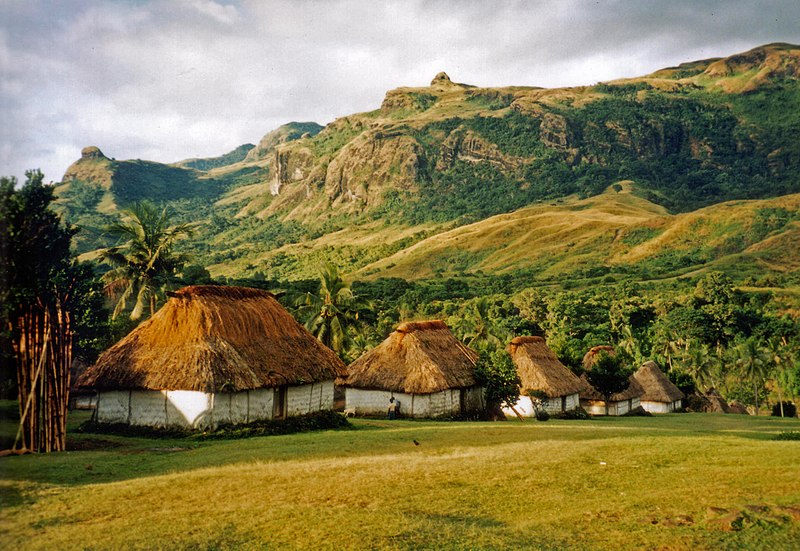Media release
From:
Attachments
Note: Not all attachments are visible to the general public. Research URLs will go live after the embargo ends.

Journal/
conference: International Journal of Disaster Risk Reduction
conference: International Journal of Disaster Risk Reduction
Research:Paper
Organisation/s:
Massey University
Funder:
N/A



 New Zealand; Pacific
New Zealand; Pacific


